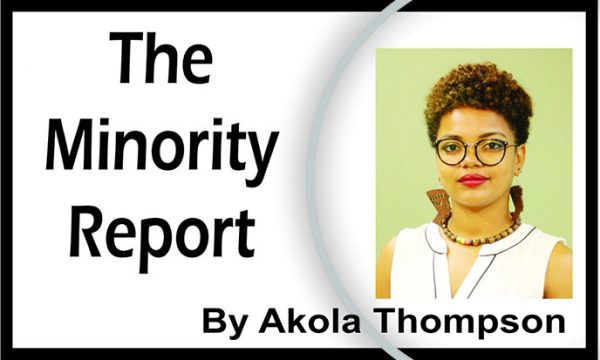
For the exercise, my colleagues and I were split up into five groups, the media, the Circle City Government, the Circle People, the Spheres, and those representing Ovals and Squares. All of the doors within Circle City were circular, which made it very easy for circles and spheres to enter and exit buildings, and thus more readily able to access necessary services and opportunities. However, due to their shape, ovals and squares were barred from entering any doors, severely limiting their participation in society and their access to basic needs and services. As a result, the Ovals and Squares decided to form an alliance, to advocate for different shaped doors to be built. This would accommodate the diverse population and ensure equality in access to opportunities and services.
What I found funny, and also very interesting, was how the Guyanese participants, inclusive of myself, chose to represent the Circle City Government. There was a running joke that we played the role so well because we understood how oppressive governments work. With building dissent threatening to destabilize us, our first plan of action was to target the media and set the narrative for the issue. We wanted the public to understand that we are a government that cares, and we do want to see all of our citizens be able to access services. However, despite our best intentions, we were simply unable to provide dissenters with what they needed as we had to focus on a host of important issues the country was experiencing, such as economic instability and the COVID-19 pandemic. This was very in line with the way the Guyana government has, and continues to weaponize the media to shift public perception from their current harmful actions, toward a narrative that frames them as being a government for the people.
While continuing to set the trajectory for the media, we actively worked to divide and conquer. With the Circle and Sphere people representing the majority of the population, we ensured that we tended to their needs and concerns. The tyranny of the majority only works if your supporters are happy. So, promises were made to assure them that our decisions would not negatively impact them. To our longstanding Circle People, we made it very clear that we had no intentions of building any new doors but asked them to be patient with us as we tried to quell the rising protest actions. We needed to appear to be considering the needs of other sections of our population, and so, committed to creating a Door Task Force to study the feasibility of implementing new doors. We also committed to doing a very small pilot of additional shaped doors restricted to our government ministries (largely made up of circle people) in order to show the public that we were taking the matter seriously. To the Spheres, (who for me represented the middle-class elites who like to portray themselves as being neutral), we promised to prioritize keeping things as they were, in a safe way. Being largely unaffected by the challenges experienced by the other shapes, as they were able to live in and benefit from society effortlessly, they were unwilling/unable to recognize the need for additional doors and found the protest actions to be disrespectful to Circle City. Sounds familiar doesn’t it? To key members of the Squares and Ovals, we promised installation of required doors for them, contributing towards the tempering of the protest actions, and a commitment to work with us throughout the process. At the end of the day, we were able to shift public opinion and maintain wide support, without actually doing anything to address the very real issues faced by those who were not Circles or Spheres.
Last Sunday, I read a Stabroek News editorial on the One Guyana dream, and it was very eerie to go through that article and recall the different ways in which it aligned with the strategies that we would have utilized in the exercise. I sent it to another participant, chuckling at the fact that “One Guyana” was basically a Circle City initiative, right down to the long-mentioned but nonexistent task force/committees, and they responded, “there was a reason we played the government so easily.”





